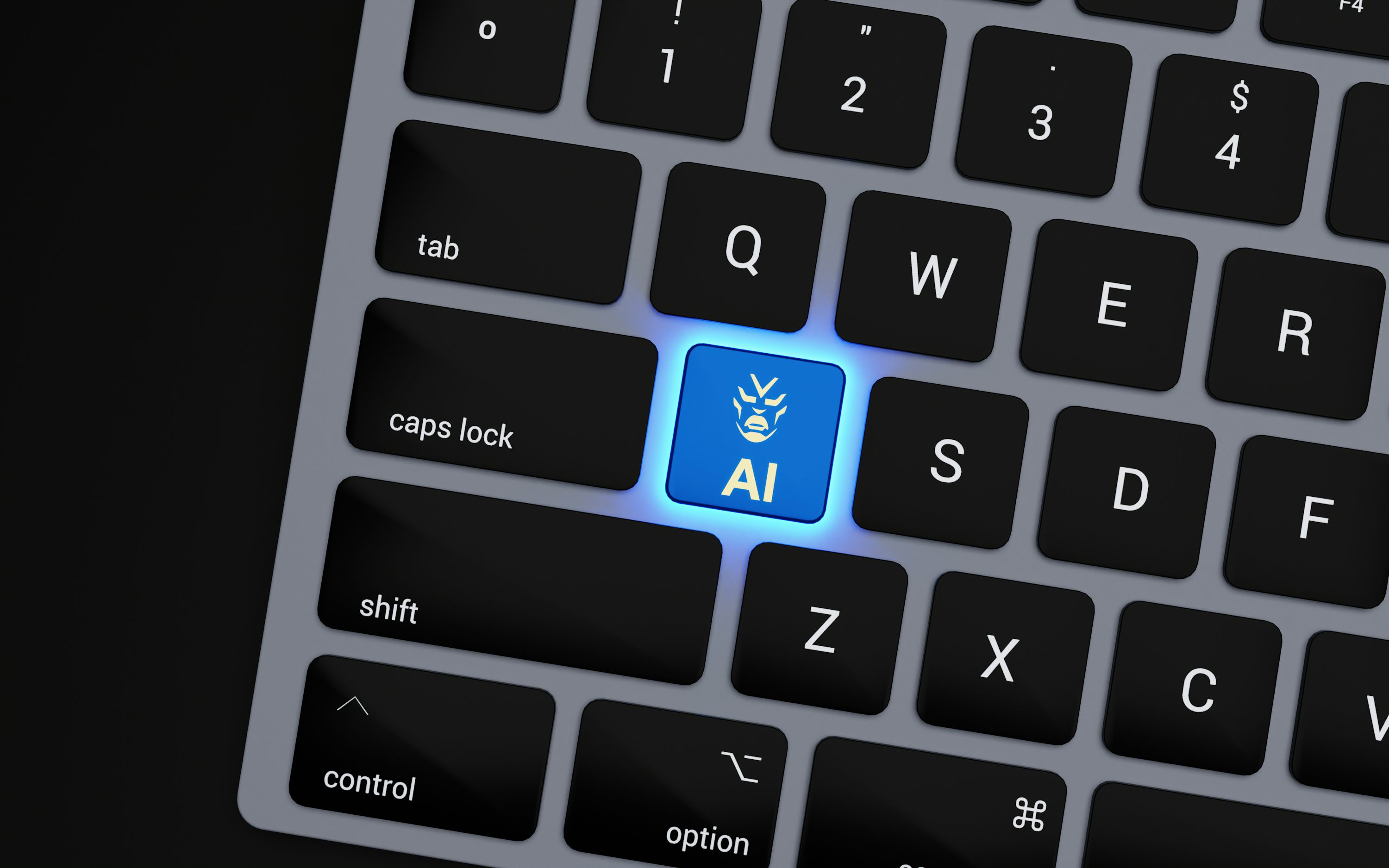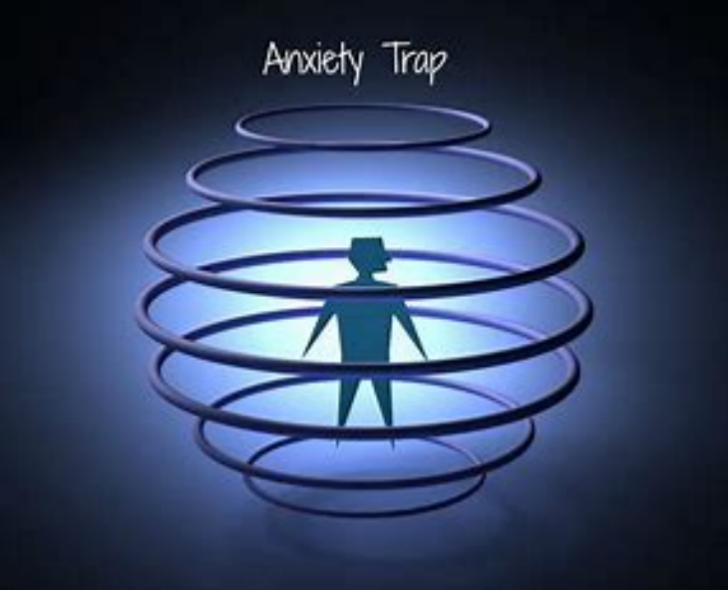Integrating sensing and communications to enable devices to “see and hear.”
Have you ever wondered how today's technology can “get you”? If your home refrigerator can know when the ingredients are about to expire, or if you walk into the office, the air conditioner itself knows how many degrees to set the temperature. Nowadays, technology can not only “see” you, “hear” you, but also understand what you want, and even act in advance. This amazing ability, thanks to the continuous development of integrated sensing and communication technology.
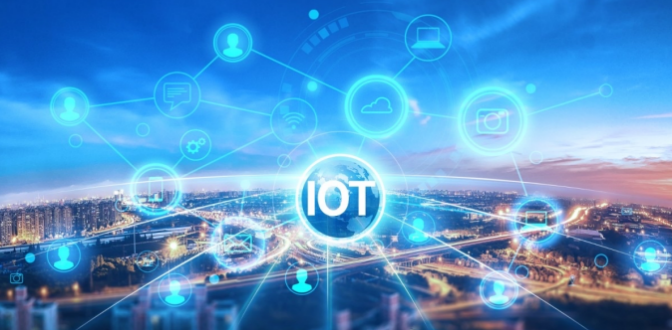
Simply put, integrated sensing and communication is like letting technology have “senses” and “language ability”. It allows devices to sense changes in the environment (e.g., temperature, humidity, light, etc.) and then communicate this information to other devices so that they can respond based on this information. This technology not only makes our lives smarter, but also helps solve many complex problems that traditional technology cannot handle. How do devices “sense” the world? The answer is sensors. Sensors are like the “eyes” and “ears” of the device, they can collect a variety of information from the outside world. For example, temperature sensors can detect the ambient temperature, pressure sensors can sense changes in pressure, light sensors can determine the intensity of light. These “small sensors” can be a variety of environmental data into digital signals for subsequent processing.
However, it is not enough to have “eyes” and “ears”, these devices also need to know what the data means, and even how to react based on this data. This process requires the support of “communication” technology. Through wireless communication technology, the data collected by sensors can be transmitted to remote servers or other devices, allowing these devices to access the data in real time to make accurate decisions.
If you install temperature and humidity sensors in your home, when the air humidity is too high, these sensors will automatically send the humidity data to the air conditioner or dehumidifier, which will then adjust the indoor humidity based on this data. Such work is accomplished entirely through integrated sensing and communication technologies. In the past, sensors and communication modules were often designed separately, each responsible for different functions, which was both cumbersome and costly. Today, however, the emergence of integrated sensors and communication systems brings the two together. It's like putting the “eyes” and “ears” into a small machine, which can not only sense the outside world, but also transmit this information to other machines, even your cell phone.
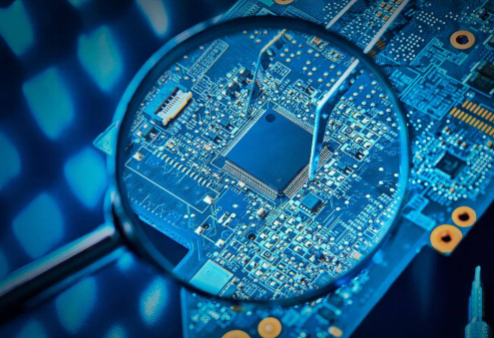
For example, the integrated sensors and communication technologies in the smart home play a huge role. The smart light bulb in your house can not only sense the light changes and adjust the brightness automatically, but also connect the data with other devices (such as air conditioning, curtains, etc.) through the communication system to form an “interoperability” of the smart home environment. If you are traveling and want to control the temperature of your home, you can take out your cell phone and adjust the air conditioner to keep your home at the right temperature at all times. This kind of integrated technology, you can think of it as a “super brain”, able to deal with a large amount of information at the same time, and respond in a timely manner. From the unassuming city garbage cans, do you often see the garbage in the garbage cans have piled up into a mountain, and even overflowed, so that people have to cover their noses to stay away. This not only makes the cleaners' job more difficult, but also pollutes the environment with garbage. And now, many cities are now adopting smart trash cans. These garbage cans are equipped with sensors that sense how full the bin is and relay the information to the garbage truck via wireless communication. This means that garbage trucks no longer need to patrol on a fixed route, but rather decide when to clean up based on the actual condition of the garbage cans, making them a good “green” helper.
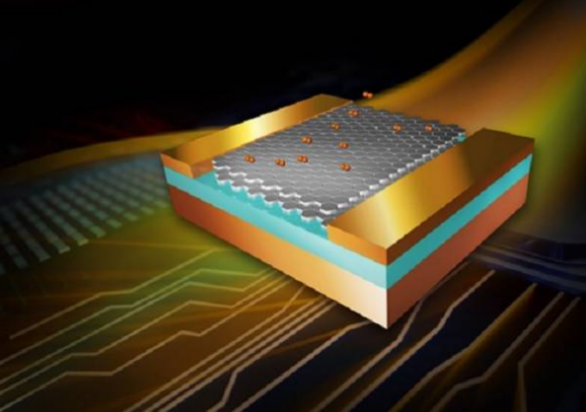
Simply put, integrated sensing and communication technology so that the original “rigid” “clumsy” equipment has a human-like senses - not only to see and hear the changes that occur in the outside world, but also to pass on this information to other people. Can also pass this information to other devices. It is using “eyes” to observe the world, “ears” to listen to the subtle changes, and then through the “language” to pass this information to every machine around us.
(Writer:Lorik)

